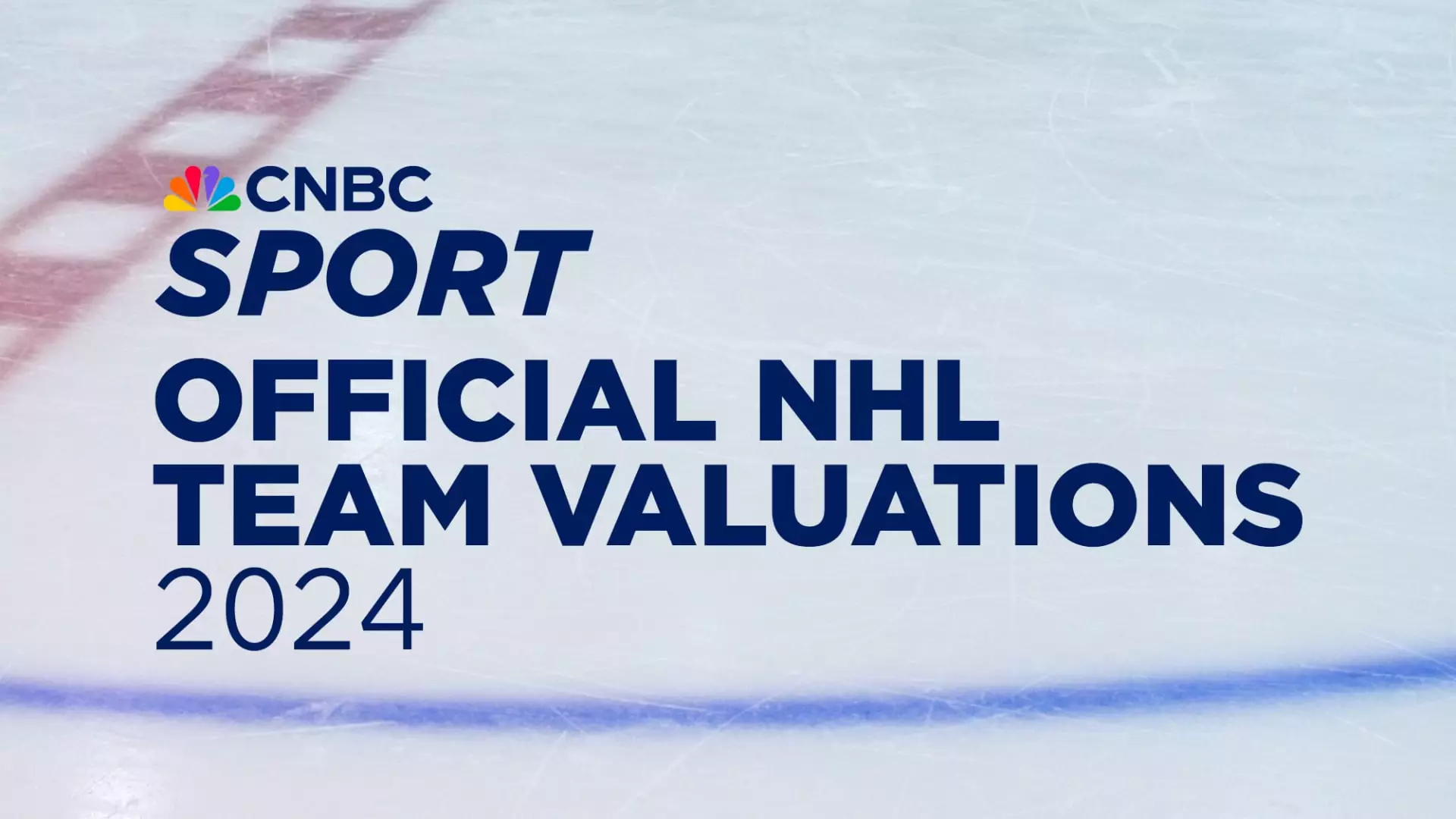The National Hockey League (NHL) is experiencing a significant surge in team valuations, now averaging $1.92 billion, as reported in CNBC’s Official 2024 NHL Valuations. This remarkable ascent in worth demonstrates the NHL’s ability to generate substantial revenue and maintain a sustainable financial framework. What factors contribute to this newfound respect and value in the league, and how does it compare with other major sports leagues?
One crucial element of the NHL’s financial success is its structured revenue model. With a hard salary cap in place, the league ensures competitive balance among teams, which in turn fosters a healthier financial ecosystem. The introduction of league-wide revenue-sharing mechanisms reinforces this environment, allowing for a more equitable distribution of resources across all franchises. Such policies diminish the risks often associated with financial disparities and promote a culture of profitability that benefits all teams.
For the 2023-24 season, the NHL reported hockey-related revenue of $6.3 billion, reflecting an impressive increase of 8.6% compared to the previous season. This upward trend isn’t purely coincidental; it indicates a well-engineered strategy that focuses on both fan engagement and revenue diversification. The league capitalizing on lucrative national sponsorship deals, totaling a record $250 million, and achieving regular-season gate receipts of $2.4 billion showcases its ability to attract revenue from various streams.
These remarkable figures highlight the increasing popularity of hockey, especially as the league expands its reach within North America and beyond. The NHL’s active efforts to engage younger audiences and diversify its fanbase are starting to yield measurable benefits—factors that drive both ticket sales and merchandise revenues.
Another pillar of the NHL’s financial strength is its media agreements. Enhanced media deals have become a lifeline for leagues, and the NHL is no exception. A growing demand for content across multiple platforms has led to richer deals that not only provide immediate financial returns but also secure the league’s long-term viability and visibility. The engagement of existing fans and the recruitment of new ones through dedicated broadcasting strategies are crucial to the NHL’s expansion narrative.
With an average EBITDA of $45 million for each team, calculated on revenue of $223 million for the 2023-24 season, the NHL is on a promising trajectory. The sound financial health of individual franchises ultimately contributes to the league’s stability and reputation. As the NHL garners increasing respect within the sporting community and among investors, it becomes a more attractive option for potential stakeholders who wish to capitalize on its growth.
The NHL’s current standing as a highly valued professional sports league is a testament to its well-thought-out approach to revenue generation, strategic financial planning, and robust fan engagement. As it continues to evolve, the league is poised for greater heights, driven by continual growth in revenue across multiple domains. This trajectory assures not only the respect and admiration of the sporting world but also a promising future for the franchises and their fans alike.


Leave a Reply